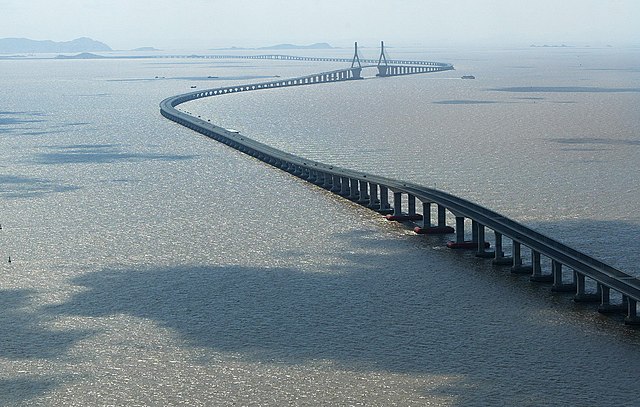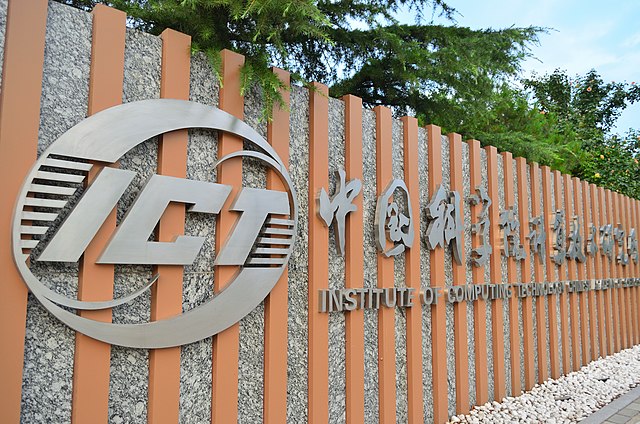Science and technology in China
Science and technology in China have developed rapidly during the 1980s to 2020s, and major scientific and technological achievements have been made since the 1980s. From the 1980s to the 1990s, the Chinese government successively launched the "863 Plan" and the "Strategy for Rejuvenating the Country through Science and Education", which greatly promoted the development and progress of China's science and technology. The Chinese government has placed emphasis through funding, reform, and societal status on science and technology as a fundamental part of the socio-economic development of the country as well as for national prestige.
Donghai Bridge
Building infrastructure has been a major task for Chinese engineering during the past decades. This is the 32.5-kilometre (20.2 mi) Donghai Bridge, connecting mainland Shanghai to the offshore Yangshan Port – one part of the Port of Shanghai, the world's busiest container port.
An interior diagram of the astronomical clocktower of Kaifeng featured in Su Song's book, written by 1092 and published in printed form by the year 1094.
A depiction of the 13th Century "long serpent" rocket launcher. The holes in the frame are designed to keep the rockets separate, from the 1510 edition of Wujing Zongyao.
Chinese Academy of Sciences
The Chinese Academy of Sciences is the national academy for natural sciences and the highest consultancy for science and technology of the People's Republic of China. It is the world's largest research organization, with 100 research institutes, 2 universities, 69 thousand full-time employees, and 79 thousand graduate students.
CAS headquarters building front in 2017
Main entrance to Ningbo Institute of Industrial Technology, CAS, in Ningbo, Zhejiang
Institute of Computing Technology Chinese Academy of Sciences in Beijing







